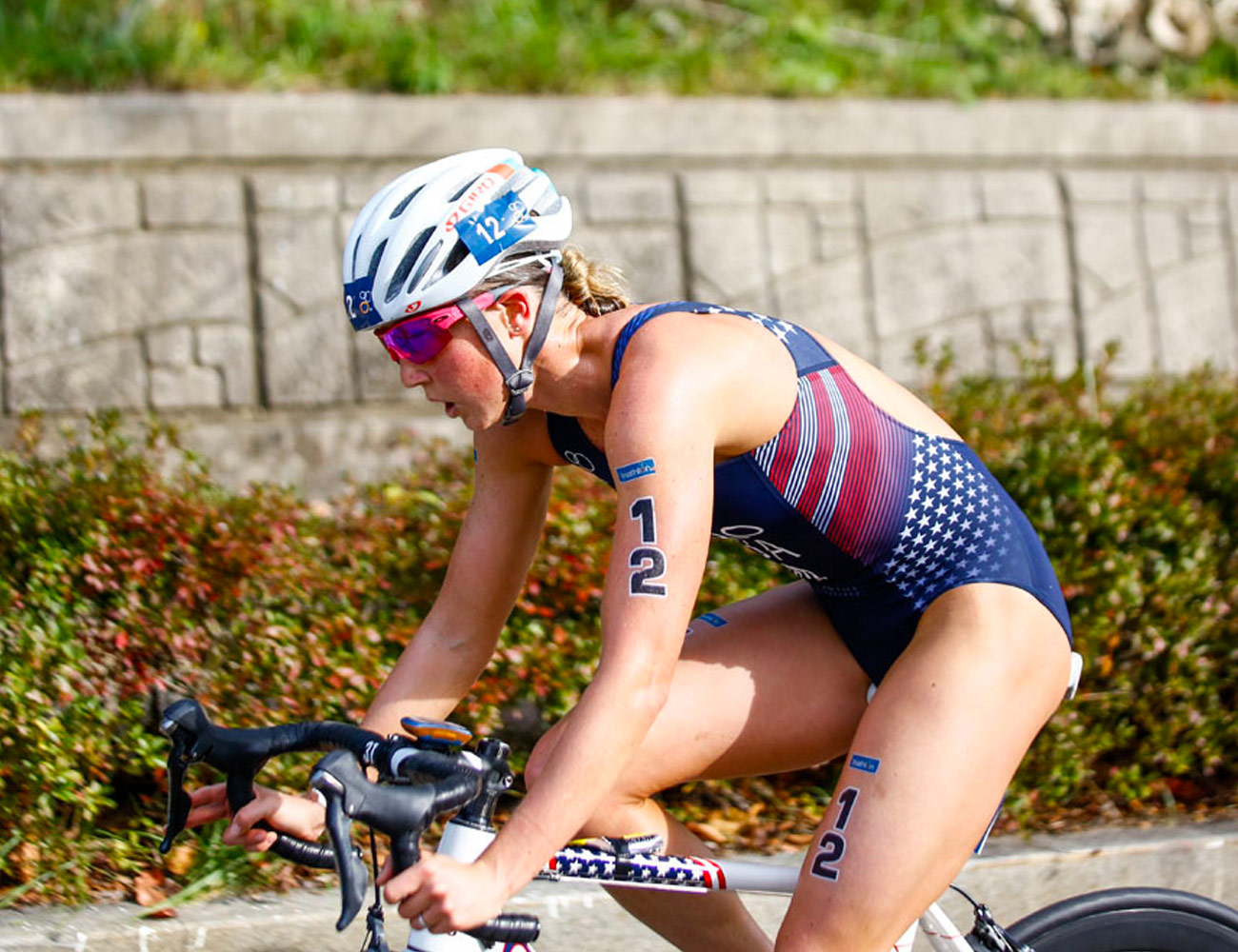Swimming uphill is hard. “The goal is to swim downhill,” Rob Canales tells me while explaining how Roka’s wetsuits work. When swimming, your body is naturally buoyant in the chest — thanks to your lungs — but your legs tend to sink in the water, making your body feel like it’s swimming uphill. Add more buoyancy to the legs and all of a sudden you’re on a more even plane, or even better, your legs are above your head and you’re swimming downhill. A logical proposition, it wasn’t the norm before Roka popped onto the scene five years ago. “If you can get a suit to do that for you naturally, it doesn’t stress your muscles as much,” Canales explains, making the swim easier and helping you get faster in the water. Roka makes wetsuits and sunglasses — and they’re nowhere near done creating. “People have asked us from the beginning, ‘What’s your goal?’” Canales says, “and we’ve said all along, we want to build a healthy sustainable business that helps people go faster and feel more confident in themselves.” In those five years, they’ve changed the landscape of the triathlon and cycling world and are looking to expand even further.
Canales is one half of the duo that started Roka. Kurt Spenser, the other co-founder, and Canales met at Stanford on the swim team. Canales swam the 200 individual medley (and was an Olympic trials finalist) and Spenser was an All-American freestyler. “We’re not Michael Phelps-prototypical swimmers,” Canales says. “We’re relatively small guys, barely cracking six feet, and the way we were competitive in college was that we were students of the sport.” So ten years later when the two were challenged to do the half Ironman (or a 70.3) in Austin, they both felt they could easily wing the swim, fake the bike and walk on the run. So they got to work, purchasing boatloads of gear (as one does for a triathlon) and immediately realized there was a huge problem with the wetsuits that were aimed at swimmers. “We put on the expensive wetsuit, but we knew what fast swimming felt like and instantly knew it was not right,” Spenser says. “We didn’t have time to redesign a wetsuit from scratch, but something stuck in our heads.”
After the two competed in the race, they were ‘bitten by the bug,’ and the next year they completed roughly a dozen races. “We started prototyping and cutting up suits in my garage, and used my grandma’s sewing machine to try and figure out how we could hodgepodge something to be more comfortable and faster,” Canales says. What they came up with was a suit that cut down on shoulder fatigue and lifted the legs more than the chest. After testing the suit themselves, with friends and Jesse Thomas, who was an up and coming triathlete at the time (now a two-time Ironman Champion and 70.3 Champion), and Meredith Kessler (a 10-time Ironman Champion), it was time to release it to the public. In the spring of 2014, Canales and Spenser launched the Maverick Pro and quickly disrupted the triathlon space, attracting top talent (the likes of Javi Gomez and Gwen Jorgensen use Roka product).
Product came first, and the brand name came second (which is a reflection of Roka’s dedication to making the best product available). The team found the name Roka through a long brainstorm, and it has a variety of meanings that the team has been told are both correct, and not. “It’s the loose translation of the word in Japanese that references filtration and that white bubbly crest of the wave,” Spenser says. “As far as the wetsuit goes, that spoke volumes — that’s what this is all about.” It’s the feeling of freedom, easy speed and effortless purpose. “It also is a translation of the word fox in Hungarian, which we thought was interesting,” Spenser says. “A fox is considered to be clever and a super creative animal, so it worked.”
In 2016, Roka was ready to push forward with something new. Brand ambassador and professional athlete Jesse Thomas had recently won the Wildflower Cult Classic Triathlon in California in a pair of gas station aviators, which sparked an idea for the co-founders. Since Roka already worked with Thomas, there was many a conversation around eyewear. “We went through an intake process with Jesse, about what he needed and why a pair off-the-shelf wasn’t working for him, and it was fairly simple,” Spenser says. “They can’t fall off his face, they can’t bounce around — optics have to be world-class and they have to be insanely lightweight.” Essentially, the eyewear has to disappear. Roka launched its eyewear line with three styles, the Phantom, Kona and the Vendée. The classic silhouettes aren’t the only style the brand offers these days. This fall, it’s expanding with 15 to 20 more styles.
And Roka isn’t slowing down anytime soon — “there’s always a market for better [product],” Canales says. The product mix has evolved organically from wetsuits to eyewear, and as for what’s next? “We want to continue to work with athletes that inspire and challenge us. We just worked with a speed skater who won gold and [another] that won bronze. We’re working with cyclists that competed in the Tour de France, and a bunch of others. We’re going to continue to take on challenges from elite athletes, but we think it can have a big effect and big impact on broader audiences out there,” Spenser says. “What can we learn from [athletes’] mindset and how we can bring those innovations down to the first time triathlete — or down to a first time dad like me who wants to get back in the game. How can I improve the experience of those athletes?




